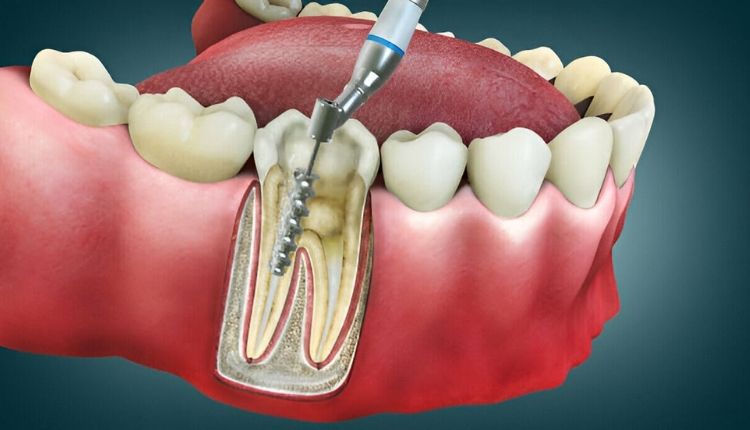One of the worst kinds of pain is a toothache, which usually means there is an infection deep inside the tooth’s pulp. A root canal may seem scary, but it is a common and very effective way to save a damaged tooth and ease pain. Patients often worry about how long the procedure will take, but knowing the exact timeline can help ease their minds. There is no one-size-fits-all answer to the question of how long does a root canal take. However, a normal root canal on a molar can usually be done in about 90 minutes to two hours. But this time frame can change a lot depending on where the tooth is and how complicated the root system is. Front teeth and canines, which have only one root, may take less time, sometimes as little as an hour. On the other hand, molars have more than one root and complex canals, which make it take longer and require more care to clean and fill correctly. In some complicated cases, a root canal may need to be done in two visits so that the infection is completely gone before the tooth is sealed for good.
There are a few important steps in the root canal process. First, the dentist or endodontist will numb the area with a local anesthetic so that the patient doesn’t feel any pain during the procedure. A dental dam, which is a small sheet of plastic, is then put around the tooth to keep it clean and separate it from saliva. The dentist then makes a small hole in the crown of the tooth to get to the infected pulp chamber. To carefully remove the infected pulp and nerve tissue from the root canals, a series of small files are used. After that, the canals are cleaned, disinfected, and shaped so they can be filled. After the canals are completely clean, they are filled and sealed with a biocompatible material, usually a rubber-like substance called gutta-percha. Then, a temporary filling is put in to keep the tooth safe until the permanent restoration.
After a root canal, a final restoration is very important to keep the treated tooth safe from damage in the future. A dental crown is almost always suggested because a tooth that has had a root canal is more fragile than a healthy one. A crown protects the tooth, strengthens its structure, and brings back its full function. The last step in the process is usually done at a different appointment, when a mold of the tooth is taken to make a crown that fits perfectly. The crown is then permanently cemented into place, finishing the process of saving the tooth. This last step is very important for making sure the treated tooth lasts a long time and doesn’t crack or break when you chew on it.
In the end, a root canal is a very good treatment that isn’t any more painful than getting a regular filling, even though it has a bad reputation. Patients can feel more at ease about the process if they know what steps are involved and what factors affect how long it will take. This shows how modern dentistry can quickly and painlessly fix problems that save natural teeth, keeping a person’s smile and oral health for years to come.






